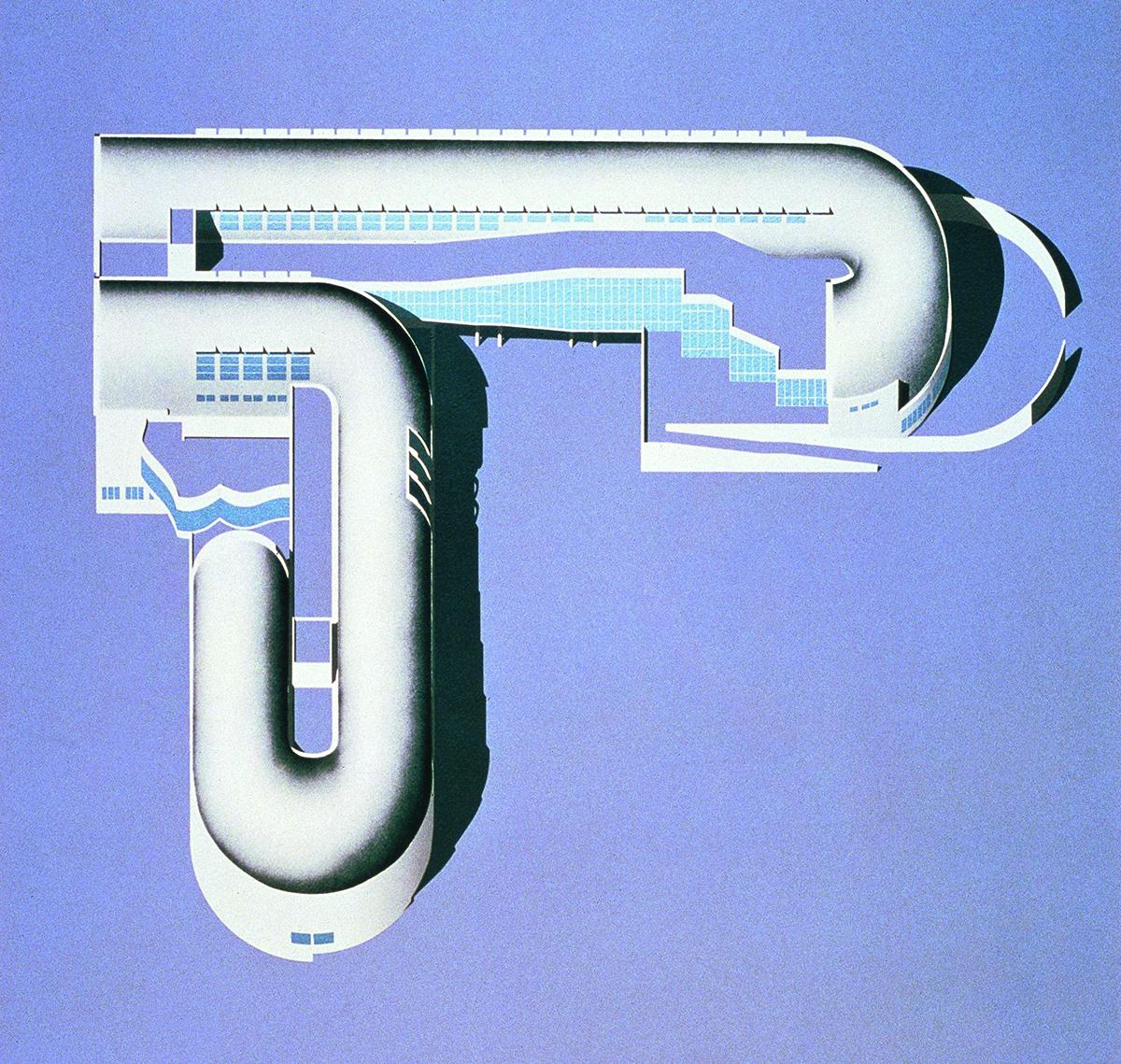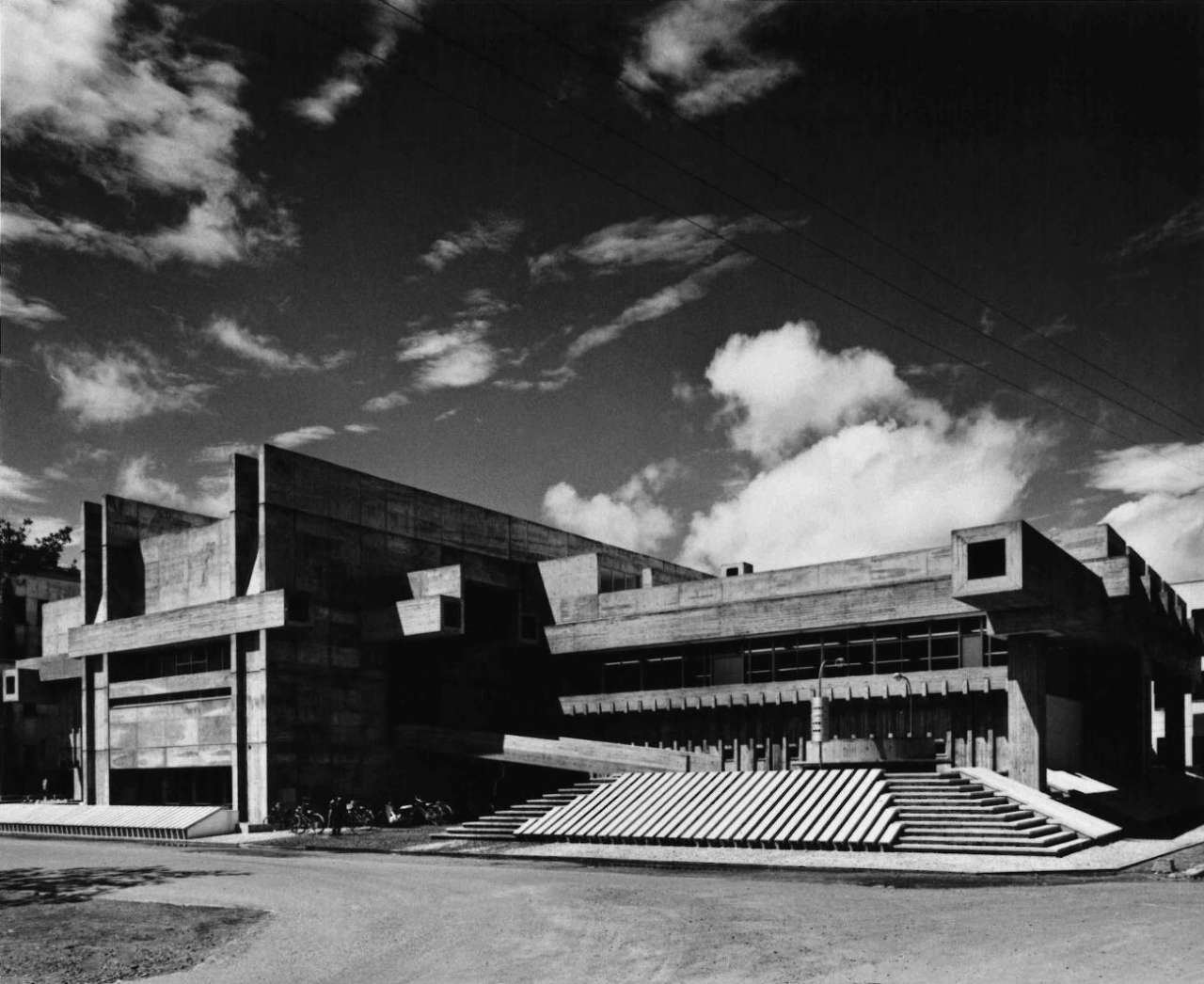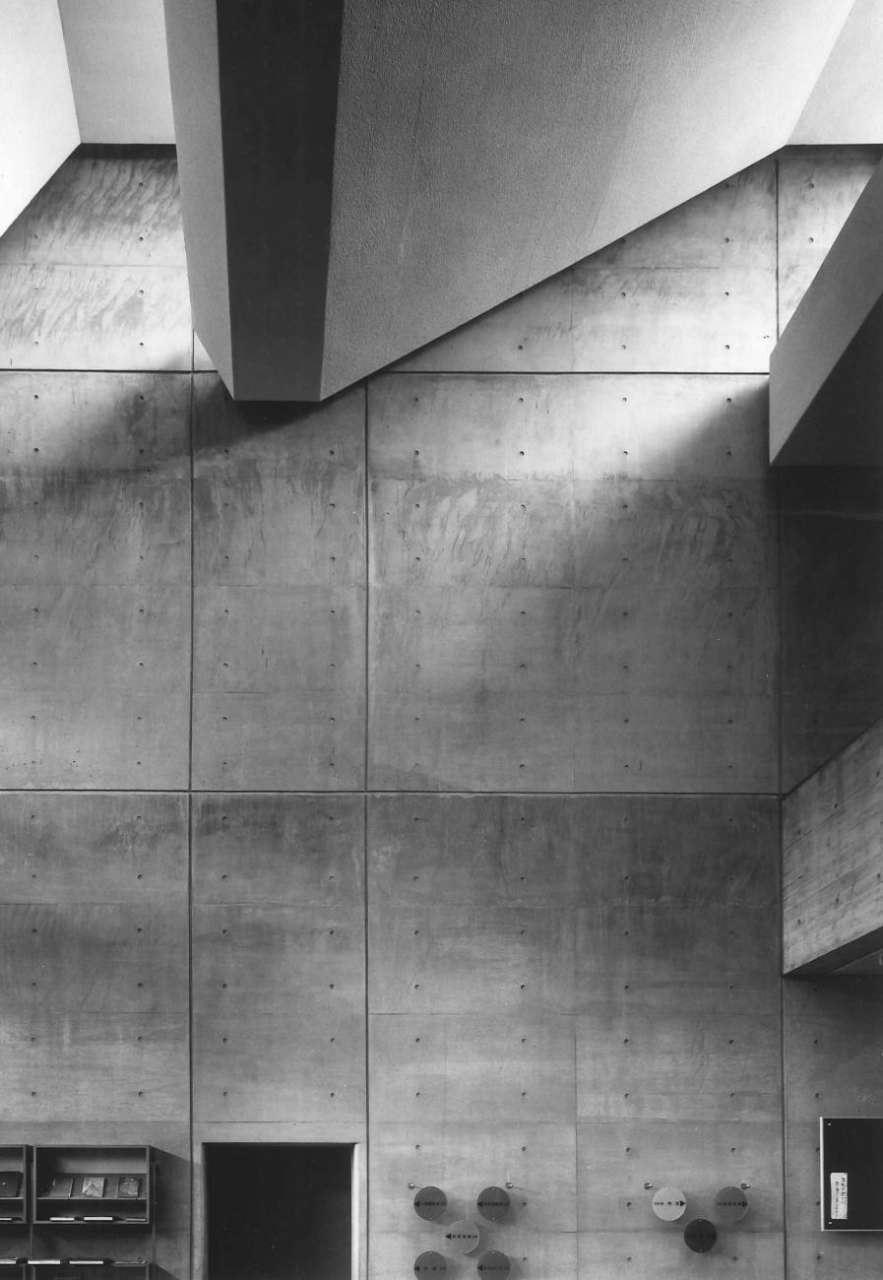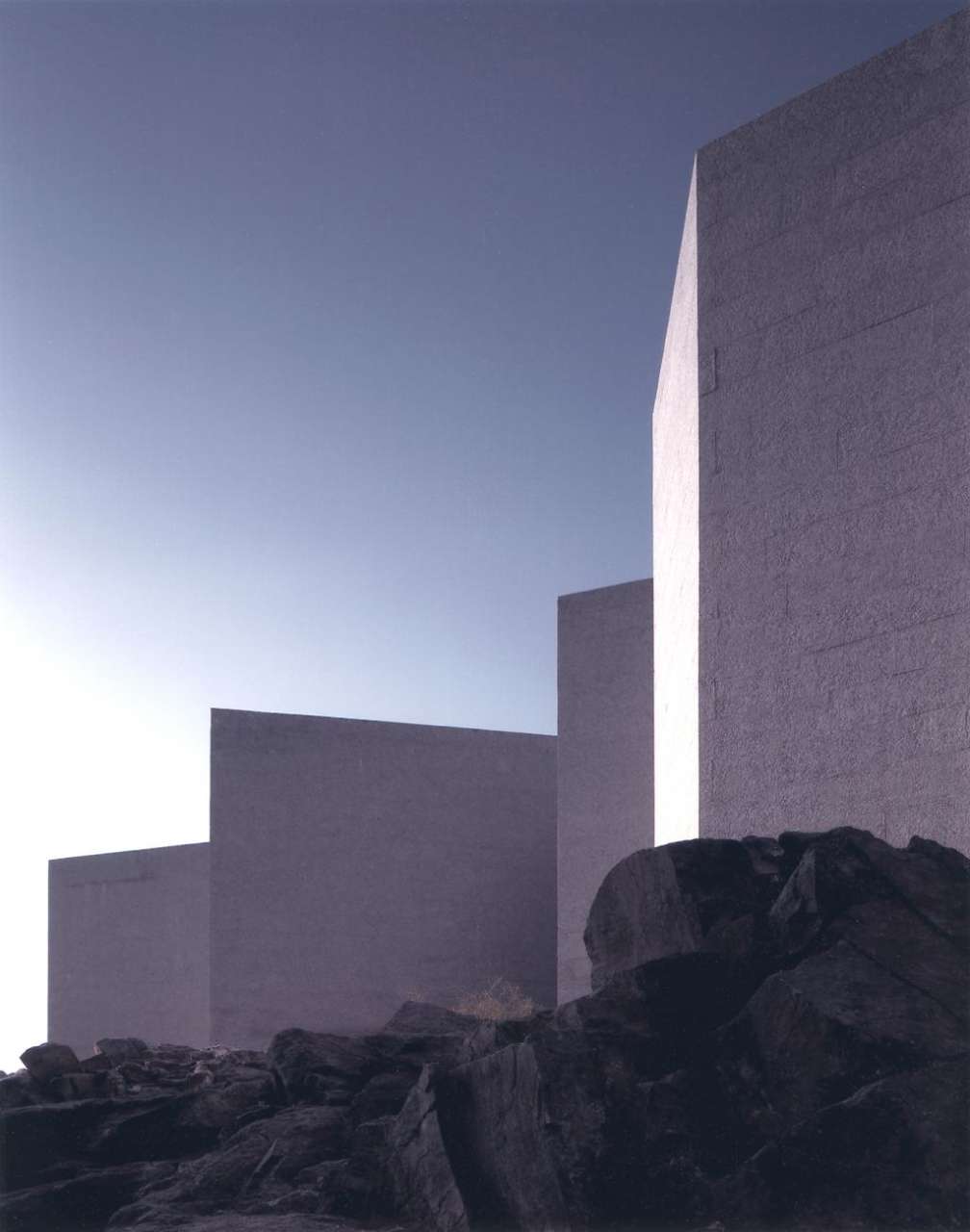Arata Isozaki, renowned Japanese architect, urban planner and theorist, has been selected as the winner in 2019 of the Pritzker Prize for Architecture, the prize known internationally as the highest honor of Architecture. Considered a visionary among his international contemporaries, Isozaki's forward-looking approach, deep commitment to the "art of space" and trans-national methodology have been highlighted since the beginning of his career since the 1960s. The prolific architect has been credited with facilitating dialogue between East and West, reinterpreting global influences within architecture, and supporting the development of younger generations in the field. His precision and dexterity are demonstrated by his mastery of an intercontinental range of construction techniques, site and context interpretation and attention to detail.

The 2019 Jury Quotation states that "he has a deep knowledge of the history of architecture embracing the avant-garde; he has never simply replicated the status quo, but his search for significant architecture was reflected in his buildings that still today challenge stylistic categorisations, are constantly evolving, and always fresh in their approach".
Isozaki's first architectural successes emerged during the period following the occupation of Japan, when the country, destroyed by World War II bombs, tried to rebuild itself. "I wanted to see the world through my own eyes, so I traveled around the world at least ten times before. I turned 30. I wanted to hear people's lives in different and long visited places within Japan, but also in the Islamic world, in the deep mountain villages of China, Southeast Asia and Southeast Asia, and in the metropolitan cities of the United States. I was trying to find all the opportunities to do so, and through that, I understood what architecture is," recalls the graduate.

Not only has he devoted part of his career to rebuilding his hometown by designing buildings such as Ōita Medical Hall (1959-60) and Annex (1970-1972 Ōita, Japan), and the Ōita Prefectural Library (1962-1966 Ōita, Japan, renamed Ōita Art Plaza in 1996), but he has also redefined the mutual exchange of ideas between Eastern and Western society.
"Isozaki was one of the first Japanese architects to build outside Japan at a time when Western civilizations traditionally influenced the East, making its architecture, which was greatly influenced by its being a global - truly international - citizen," comments Tom Pritzker, President of the Hyatt Foundation. "In a global world, architecture needs that communication.

His buildings seem geometrically simple, but they are full of theory and purpose. The Museum of contemporary art, Los Angeles (1981-1986 Los Angeles, United States) was the home of the architect and his first international work. In a very challenging geographical position, the building constructed entirely of sandstone is conceived as an assembly of simple and regular volumes linked together by geometric and gold ratios. The theory of yin and yang links the whole project, evoking the complementary difference between West and East.

"Isozaki is a pioneer in understanding that the need for architecture is global and local these two forces are part of a single challenge," says Judge Stephen Breyer, president of the jury. "For many years, he has sought to ensure that areas of the world that have a long tradition in agriculture and fishing are not limited to that tradition, but help to spread those traditions and, at the same time, learn from the rest of the world.





